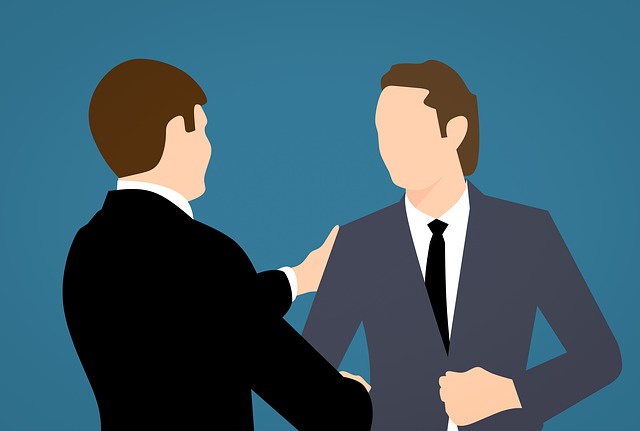Change is an integral part of life and the environment. However, in organizations, change needs to be introduced in a more purposeful and predictable way.
Kurt Lewin’s model of change is a systematic way of implementing change.
It’s based on the fact that change cannot be introduced at once or too quickly. Therefore, it is made in 3 stages: unfreeze, change and refreeze.
The model takes into account how people react and adapt to change. By understanding this, we can know how best to introduce change so that it is as seamless as possible.
The model is widely applicable to organizations but it can be used for individuals too.
Stages of the model
A. Unfreeze stage
This is the preparation stage. It gets people ready for the change.
These changes can relate to the company’s financial, managerial, or organizational aspects.
It seeks to get everyone on board to commit to the new changes. For example, people need to know why change is necessary before they can give their support.
Unless this happens, they will resist the change making it difficult to implement.
This stage can be difficult especially if the organization seems to be in fine shape and employees don’t understand the need to change it.
Communication is very critical here to get everyone to see the need for change.
B. Change
This is the actual change that is being introduced. The commitment of the staff has been secured.
As it is a transition, it can be marked by anxiety due to uncertainty over the future by the people involved.
Keeping the momentum that was already started is important. Most change initiatives usually fail at this stage for lack of maintaining this momentum.
D. Freeze
This is the final step of the model. It crystallizes the change to make it stick.
This means the new reality becomes the new normal or the accepted new standard.
If this happens, the change implementation is considered successful.
Kurt Lewin emphasized that the stages should not be viewed as separated from each other. Instead, they should flow into each other
Here are 5 Kurt Lewin’s change model real life examples:
1. Transitions in relationships

Relationships are constantly changing things.
Just as they start, they can flourish, lag or even terminate.
Each of these may need to be managed using Kurt Lewin’s change model.
For example, when a couple wants to settle and start a life together, big changes need to be done in their individual lives.
When the relationship isn’t working, this also calls for change or adjustment in which the couple considers parting ways.
2. Bringing an adopted child to a family

When a new child is being brought into a family, it can call for the need for adjustment for everybody.
This is in order to create a loving and supportive environment for the newly arriving child.
The parents need to prepare their birth children (the prospective step-siblings) for the new member.
Once this is done and the child is brought, it becomes fully integrated as a member of the family.
3. Layoff of employees

In times of difficulty, a company may have to make the hard option of letting off some staff.
This can be emotionally difficult and if rushed or poorly planned it can cause depression, stress, and even suicide among the staff.
Before the layoff, the staff needs to be informed of the move. This should be done probably years before the impending dismissal.
This gives the staff sufficient time to digest the information, accept it and prepare for strategies e.g., finding new employment.
Later, the dismissal is affected and the employees begin their new lives
4. Grieving and recovery

Losing a person you once loved involves a series of transitions that can conform to the Kurt Lewin model.
For example, initially, there is shock and denial. This is similar to the unfreeze state when one’s mindset or inertia is being overcome to accept the change.
Next is accepting the reality and then making adjustments to live life without the deceased person. This is the change stage.
Eventually, the bereaved person enters the freeze stage where he settles into the new life and completely recovers from his grief, and continues normally with his new life.
5. Career change

Switching careers is like venturing into the unknown.
First is the realization that you need to change your career.
This can be at first a hard decision but the situation may demand it.
Finally, you take the next steps necessary. This may include retraining to get the necessary skills for the new job.
Finally, the unfrozen state follows in which you start your new career as the new reality.
Closing Thoughts
Change might be painful but to stay where you do not belong might be more painful.
Kurt Lewin’s change model may be just one way to do it, one less painful step at a time.

